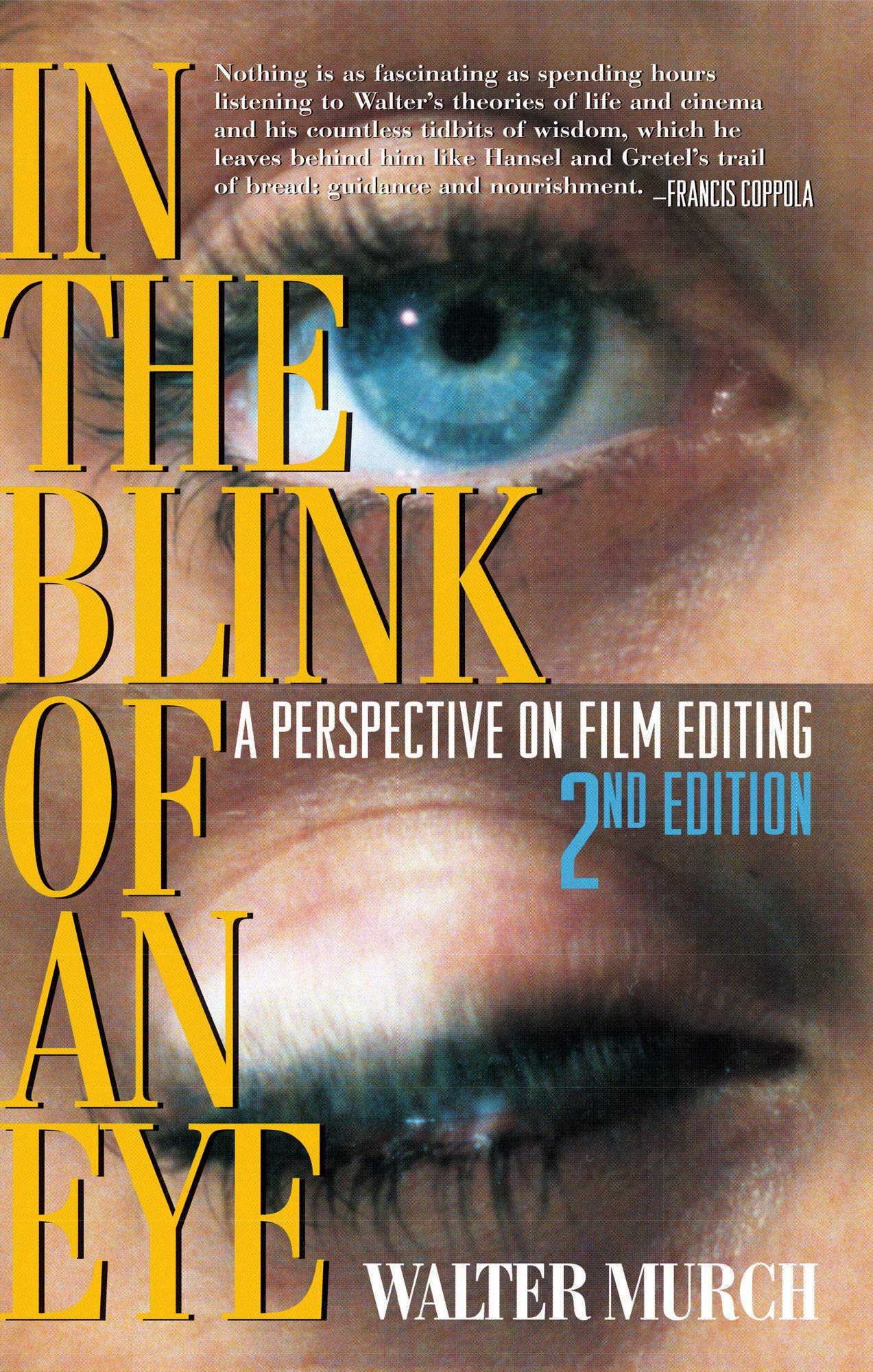What do you think?
Rate this book


137 pages, Kindle Edition
First published April 1, 1995
The underlying principle: Always try to do the most with the least—with the emphasis on try. You may not always succeed, but attempt to produce the greatest effect in the viewer’s mind by the least number of things on screen. Why? Because you want to do only what is necessary to engage the imagination of the audience—suggestion is always more effective than exposition. Past a certain point, the more effort you put into wealth of detail, the more you encourage the audience to become spectators rather than participants.
So, instead of fixing the scene itself, you might clarify some exposition that happens five minutes earlier. Don’t necessarily operate on the elbow: instead, discover if nerves are being pinched somewhere else. But the audience will never tell you that directly. They will simply tell you where the pain is, not the source of the pain.
So we entertain an idea, or a linked sequence of ideas, and we blink to separate and punctuate that idea from what follows. Similarly—in film—a shot presents us with an idea, or a sequence of ideas, and the cut is a “blink” that separates and punctuates those ideas... At any rate, I believe "filmic" juxtapositions are taking place in the real world not only when we dream but also when we are awake.